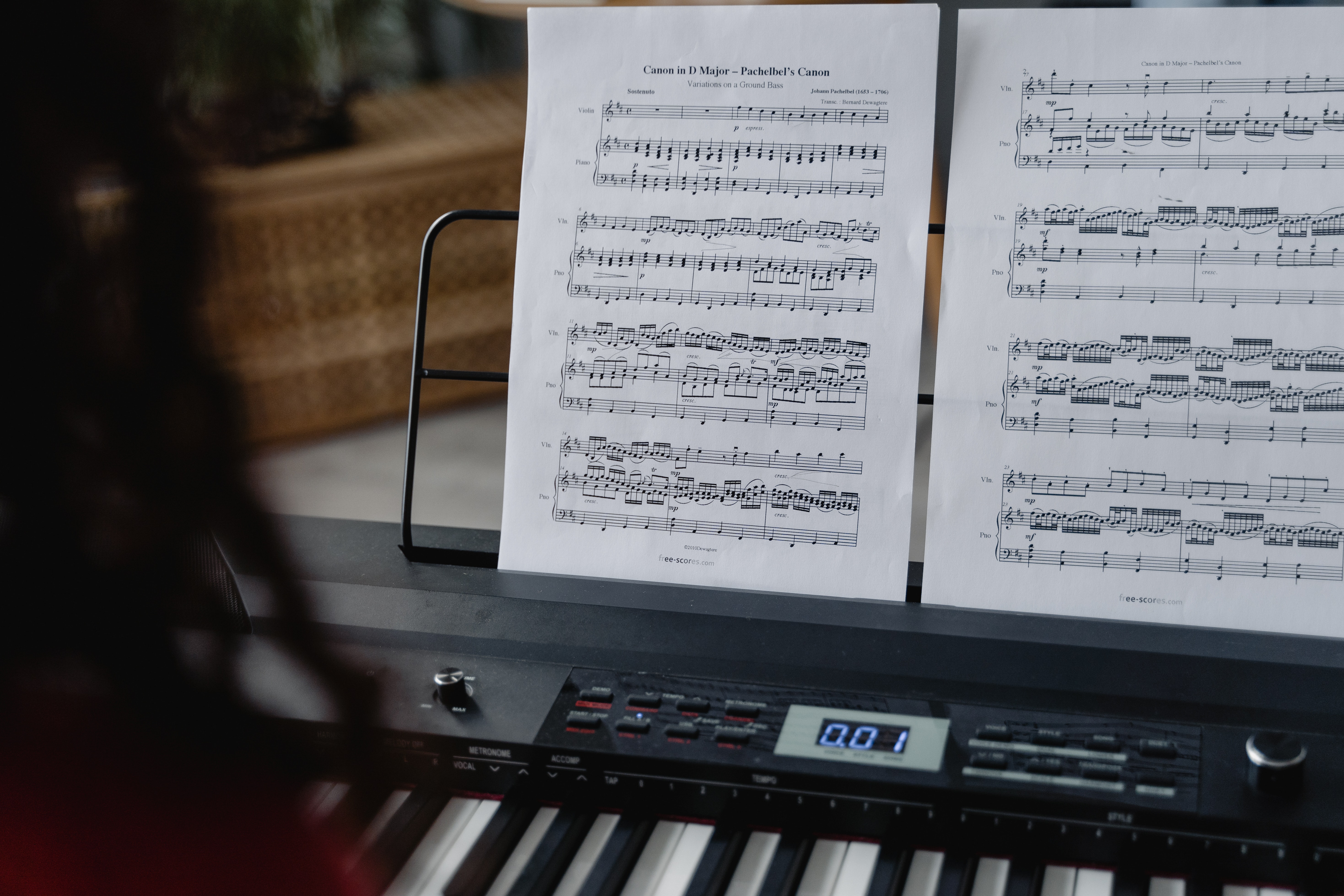Understanding Time Values: Exploring the Rhythm of Music
Have you ever wondered how musicians manage to keep perfect time while playing their instruments? Well, it all comes down to understanding the concept of time values. Don't worry, we'll break it down for you in a way that's easy to understand. So, let's dive into the world of note values and rhythms!
Content
Crotchets, Minims and Semibreves
To start off, let's talk about three basic note values: crotchets, minims, and semibreves. These funny-sounding names actually represent different lengths of time within a piece of music.

A crotchet is like the building block of rhythm. It lasts for one beat and is often represented by a filled-in oval shape. Picture it as a musical heartbeat. When you tap your foot to a song, you're feeling the pulse of the crotchets.
Moving on, a minim is double the length of a crotchet. It lasts for two beats and looks like a hollow oval. Imagine taking two heartbeats and combining them into one. That's a minim for you!
Now, let's look at the semibreve. It's the granddad of note values, lasting for four beats. It's a beautiful open oval shape. If you tap your foot four times, you're keeping up with the rhythm of a semibreve.
But how do these note values fit together to create interesting rhythms? Well, it's all about combining them in different ways. For instance, you can have two crotchets in the space of a minim, or four crotchets in the space of a semibreve. The possibilities are endless, and it's this variety that gives music its groove and feel.
Quavers
Now, let's meet the quavers. Quavers are half the length of a crotchet and are represented by a filled-in oval with a little tail. They last for half a beat. Picture a fast, light-tapping sound when you think of quavers. They add a playful and energetic touch to the music.
Quavers also have a special relationship with longer note values. If you combine two quavers, they take up the same amount of time as a crotchet. Similarly, four quavers are equal to a minim, and eight quavers add up to a semibreve. See how they fit together?
Semiquavers and Demisemiquavers
But wait, there's more! We have semiquavers, demisemiquavers, hemidemisemiquavers, and breves. Semiquavers are half the length of quavers, demisemiquavers are half the length of semiquavers, and so on. Breves, on the other hand, are rare and last for eight beats. They look like a rectangle without any stems or tails.
Semiquavers, demisemiquavers, and their counterparts bring a sense of rapidity and intricate detail to music. They allow musicians to create dazzling and complex rhythmic patterns.

Summary
Now, let's summarize all the note values we've covered:
- Crotchet: 1 beat
- Minim: 2 beats
- Semibreve: 4 beats
- Breve: 8 beats
- Quaver: 1/2 beat
- Semiquaver: 1/4 beat
- Demisemiquaver: 1/8 beat
- Hemidemisemiquaver: 1/16 beat
Understanding these note values will help you read and play music with precision. So, if you're interested in exploring music theory further or honing your rhythmic skills, you might want to consider seeking guidance from a music theory teacher.
Now you have learned all about time values, take a look at our article on beats and the pulse and read through our glossary of musical terms to learn more.
Remember, music is not just about playing the right notes; it's about mastering the rhythm and bringing the composition to life. So keep practising, have fun, and let the beats carry you away on a musical journey!
Downloads
- e-z theory: Time Values
Related worksheet on time values.
- e-z theory: Time Values
Related worksheet on time values.
- e-z theory: Time Values
Related worksheet on time values.

